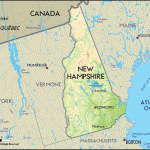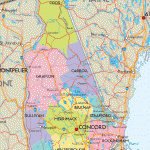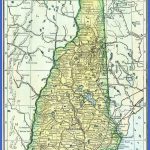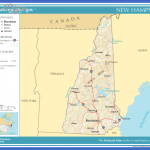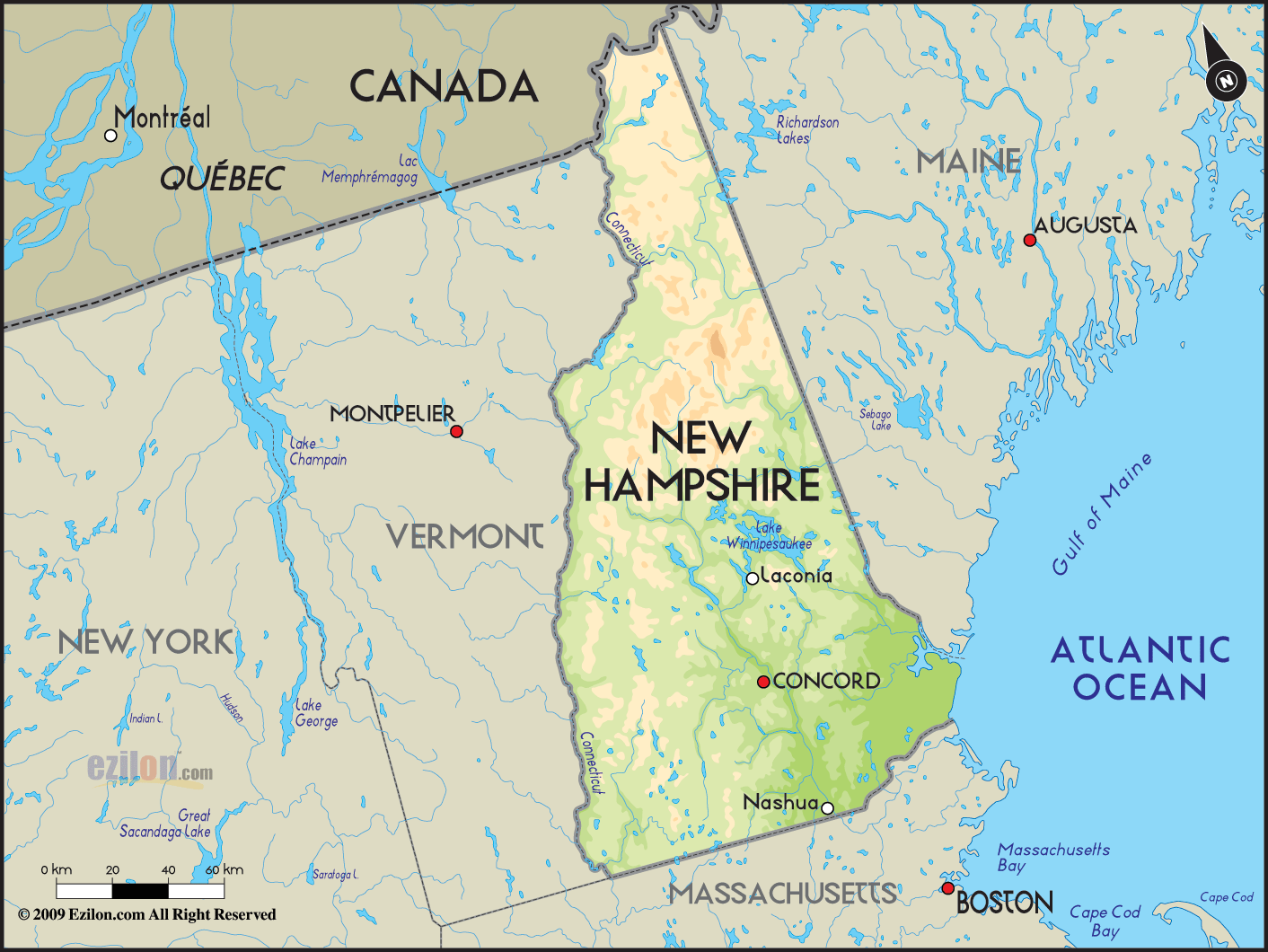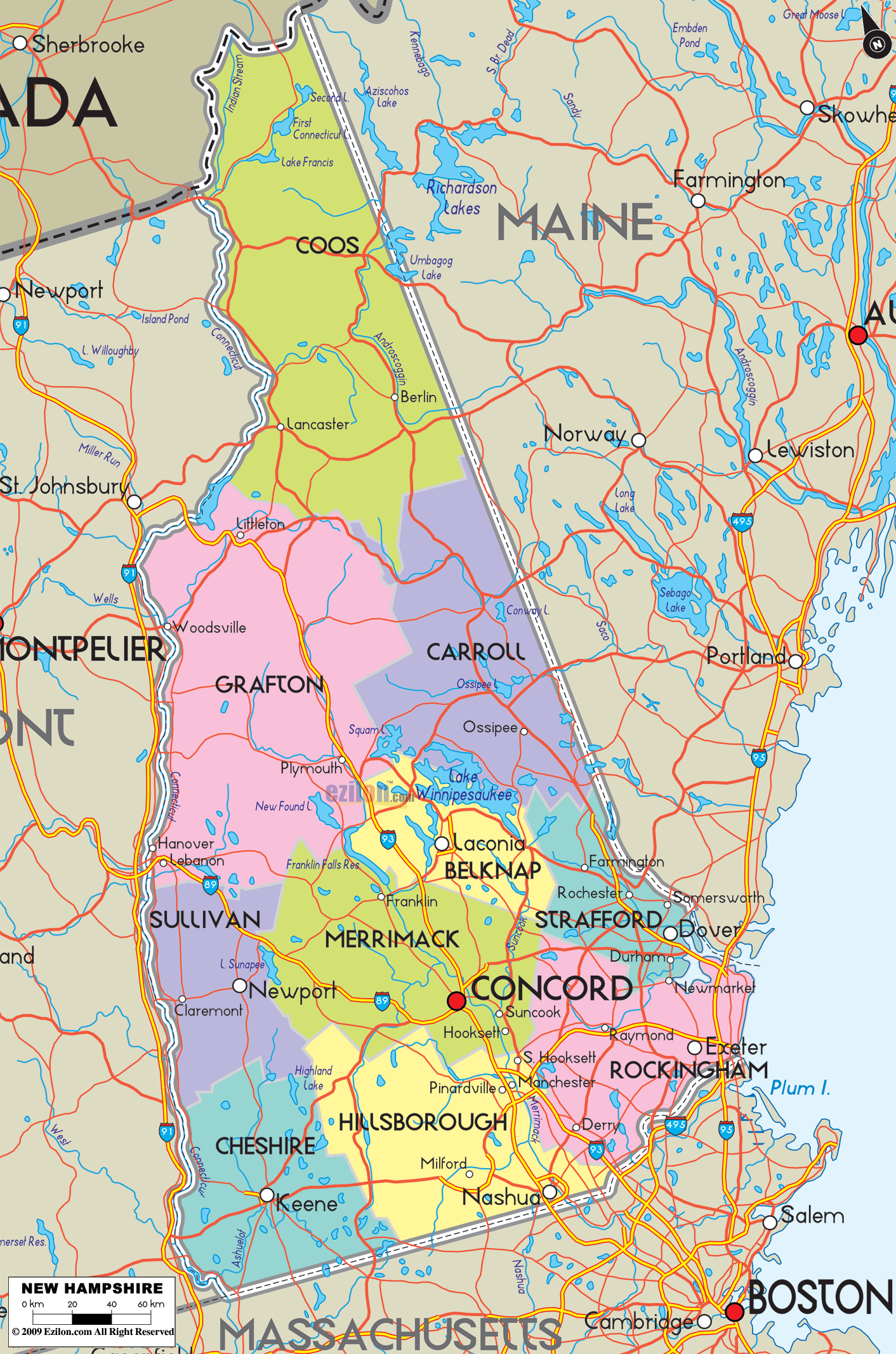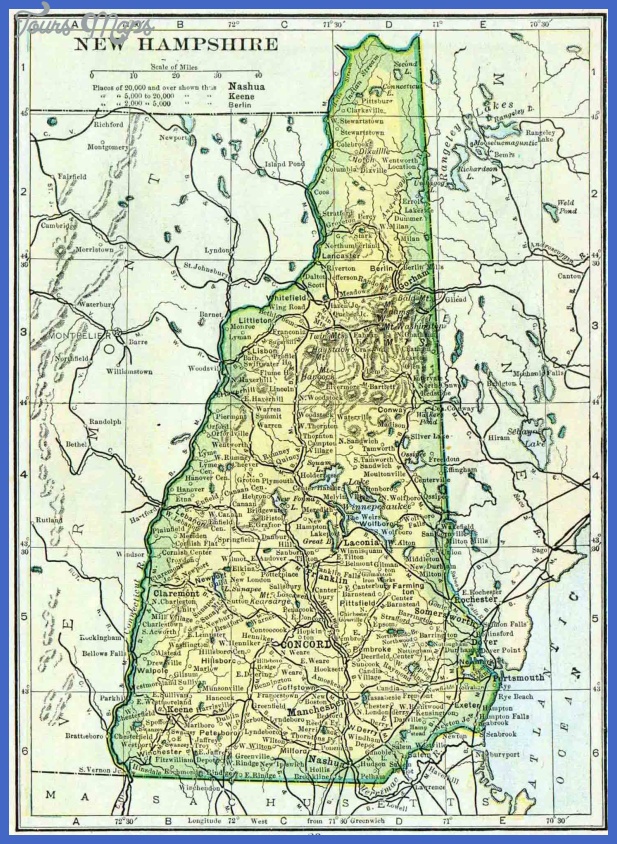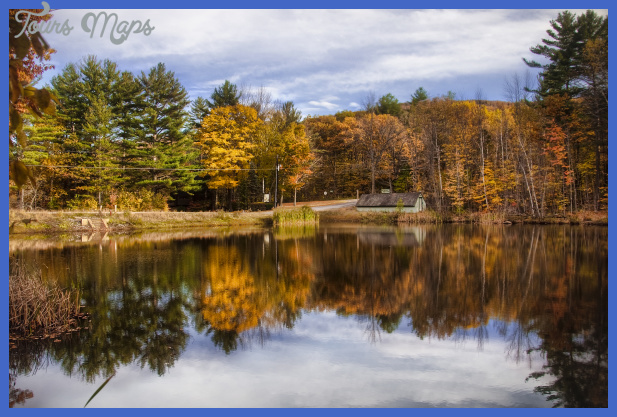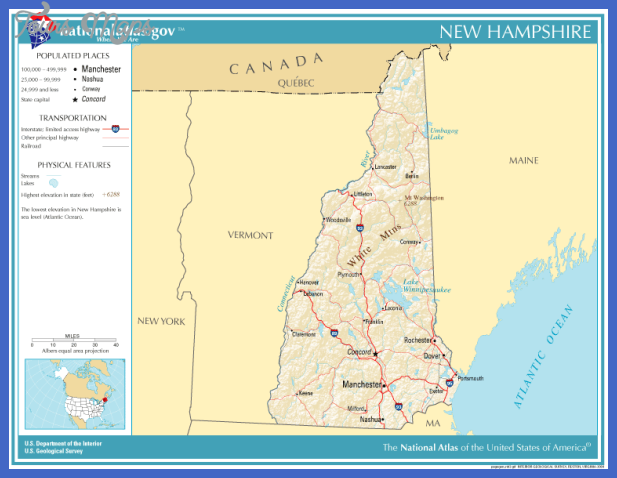New Hampshire chronology
1932 Jose Clemente Orozco, a visiting lecturer from Mexico, paints frescoes on the walls of the reserve book room in the Baker Library, at Dartmouth College in Hanover.
1940 The U.S. Census Bureau estimates that there are 80 Latinos residing in New Hampshire. It is the first time the Latino population is estimated in the state.
1974 The Latin American Center, New Hampshire’s first Latino social service organization, opens in Manchester.
1990s Latino businesses and nonprofit organizations emerge in southern New Hampshire.
2000 The first Latino Festival in New Hampshire is held in Manchester.
2005 Governor John Lynch signs Executive Order 2005-2006, creating the Governor’s Advisory Commission on Latino Affairs.
New Hampshire historical overview
The 20,489 Latinos residing in New Hampshire on April 1, 2000, made the state rank 46th in Latino population. Latinos made up 1.7 percent of the state’s population, which ranked New Hampshire 45th in concentration of Latinos. Although Latinos form a small demographic group, they are a fast growing population in the state. The first estimate of the Latino population is from the 1940 U.S. census, which reported 80 Latinos living in the state. The 1970 U.S. census
estimated that 2,281 Latinos resided in the state. In 1980 the Latino population estimate was 5,248, and in 1990 the estimate was 11,333. Though still not a major destination for Latinos, New Hampshire has started to attract that group, as the rapidly growing Latino population is being shaped by a national pattern of Latino diaspora that consists of Latino enclaves developing in nontraditional states and cities.
New Hampshire is home to approximately 2.5 percent of all Latinos in New England. The Latino population in New Hampshire consists of people who have recently migrated to the state, forming an emerging middle-class population. This is also occurring in the other northern New England states of Maine and Vermont. These three states are noted for having a small Latino population, as only 3.6 percent of all Latinos (regardless of place of birth) were residing in one of them in 2000.
Latinos are an important demographic group to this region, which is experiencing limited population growth. New England would have experienced limited population growth in the 1990s if not for the growth in its nonwhite population; Latinos are significant contributors to the region’s population growth. With only 30 percent of New Hampshire’s Latinos being foreign born, Latino population growth was driven almost equally by in-migration and births to resident Latinos, and not international migration.
Latinos have moved to the state over the last 40 years because of employment opportunities and affordable housing in relatively safe neighborhoods. New Hampshire offers a quality of life that they have not found in other more urban locations. They enjoy the small town feel they encounter in the cities and
towns in the southern part of the state. Massachusetts was the largest source of Latino migration to New Hampshire. Latinos have moved from Latino enclaves such as Lawrence, Massachusetts to less congested communities with more affordable housing in Rockingham and Hillsborough counties, in New Hampshire. As more Latinos have found job opportunities and good neighborhoods to raise their families in New Hampshire, they have encouraged other family members and friends to migrate as well.
Overall, New Hampshire’s population grew by 11.8 percent during the 1990s, from about 1.1 million in 1990 to 1.2 million in 2000. Although a very small proportion of New Hampshire’s population was nonwhite (4.9 percent), Latinos represented the largest ethnic minority group, growing at higher rates (76.5 percent) than Asians (61.7 percent), non-Latino blacks (25.4 percent), and non-Latino whites (9.3 percent).
Latinos from many countries reside in New Hampshire. All of these Latino groups experienced a population increase in the 1990s, and because of their small numbers, this increase was quite large for some of these smaller populations. The 10 largest Latino populations in New Hampshire in 2000 were Puerto Ricans (7,308), who experienced a 94.9 percentage population increase in the 1990s; followed by Mexicans (4,930), with a 77.0 percentage increase; Colombians (1,280), with a 113.7 percentage increase; Dominicans (1,205), with a 21.6 percentage increase; Cubans (1,035), with a 26.5 percentage increase; Hondurans (447) with a 7.2 percentage increase; and Peruvians (379) with a 28.9 percentage increase. The 2000 population estimates for Guatemalans was 320, Ecuadorians 196, and Salvadorans 86. All three of these groups had increases of over 200 percent, which is due to their small populations in the state in 1990.
New Hampshire Photo Gallery
Maybe You Like Them Too
- The Best Cities To Visit in The World
- World’s 10 Best Places To Visit
- Coolest Countries in the World to Visit
- Travel to Santorini, Greece
- Map of Barbados – Holiday in Barbados

